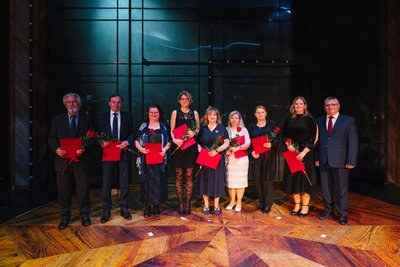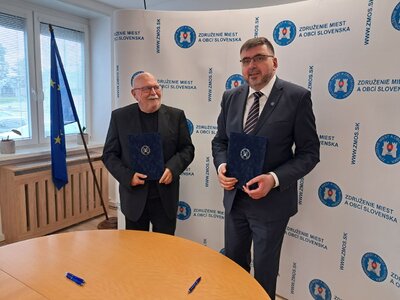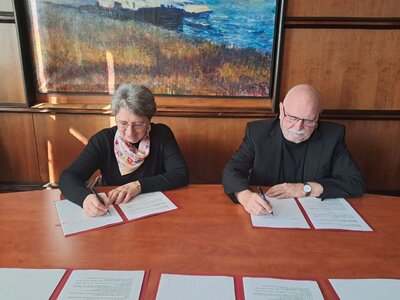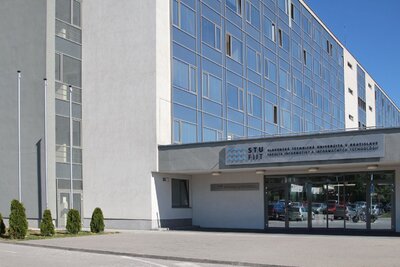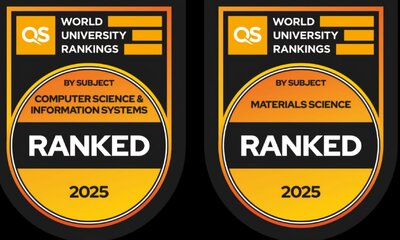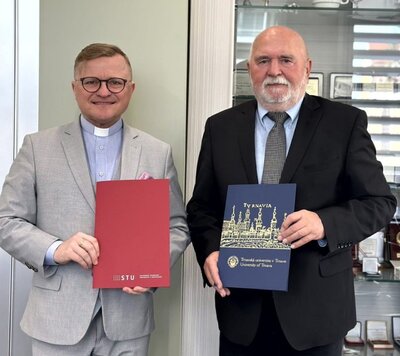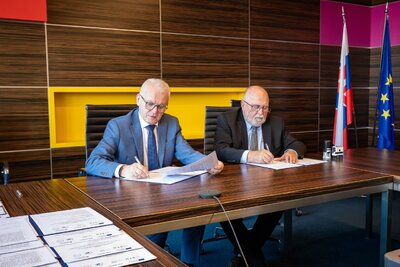Change mulled as demographics drop enrolment
BY RADKA MINARECHOVÁ Spectator staff
THE NUMBER of people enrolled in many Slovak universities and colleges this year was lower than the number of openings, with schools seeing fewer doctoral students than the year before, according to an annual report ranking Slovak universities. The Academic Ranking and Rating Agency (ARRA) released its findings on November 27. The ranking evaluates the quality of education and research at 109 faculties of Slovak universities, divided into 11 categories based on the fields of study. It has not seen big changes compared to previous years, but revealed important trends, which might lead to bigger differentiation between schools in the future, observers say. "The number of students has dropped continuously since 2007, but only this year did the number of students who enrolled in academic programmes drop below the number of openings in the programmes," said Ivan Ostrovský of ARRA, as quoted by the TASR newswire. Demographic trends suggest this will continue in the next decade, he added. This drop in interest in studies is less marked in better quality faculties, and the stable leaders in their groups in the ranking have actually recorded an increase in the number of applicants, Ostrovský said, as reported by TASR. ARRA also revealed that growth in the number of PhD students has halted and for the first time in the nine years that ARRA has been publishing its ranking, the number of doctoral students dropped year-on-year. This is again not true for the faculties that rank among the best in the long run, according to Ostrovský. "On the other hand, this drop was seen to a much higher extent in weaker faculties, which might be a sign of the starting differentiation of schools between those doing research and those doing education," Ostrovský said, as quoted by TASR. One of the positives revealed by ARRA is that although Slovakia still lags behind other countries, it saw an increase in the number of publications and citations of Slovak scientific works in foreign databases during the past two years, especially at economic and social science faculties. Moreover, the number of top researchers and research teams increased, the study shows. Traditional leaders in their fields, the Faculty of Chemistry and Food Technology of the Slovak University of Technology (STU) in Bratislava, Comenius University's (UK) medical school, and the school of economics of the University of Technology in Košice, again ranked the highest.
Competing for students
The number of applicants for university studies dropped from 85,000 in 2007 to 60,000 in 2012, with demographic factors playing a key role. ARRA predicts that the number of applicants will reach its minimum level in the years 2020-2022, and that it will return to today's level in 2030. "This means that the schools will have to fight for students with proven quality, which is also partly seen today," the ARRA report reads. Another factor might be the saturation of the market, adds Renáta Králiková from the Slovak Governance Institute. After 1989 there were few students with university education, but later both Slovak and European laws started to require university degrees for some jobs. "It would be ideal if the universities could use this situation to support quality," Králiková told The Slovak Spectator. While last year ARRA reported a 4-percent increase in the number of doctoral students, this year it dropped by 8 percent, with top ranked schools being an exception. This might be the result of changes to financing the PhD studies adopted last year. Schools do not receive the money per doctoral student, as was the case in the past, but the money is part of the package for scientific activities. The changes came in response to the so-called "doctoral paradox", which means that the number of PhD students was increasing at schools with low research activities, the ARRA report reads. Králiková agrees that the increase in the number of doctoral students in past years was unhealthy, especially at schools that do not focus on research. During 1998-2006 Slovakia even had one of the highest increase in PhD students in the world, she added.
See ARRA pg 5
Several schools in Slovakia are not affected by the trends described by ARRA. STU, for example, says that despite the decreasing number of graduates from secondary schools, the number of applicants for studies and even the number of enrolled students remains stable. The school also reports a stable number of doctoral students, according to the press release provided toTheSlovak Spectator. STU Rector Robert Redhammer says that they support students participating in research and try to connect educationwith practice. "Our priority is to bring up a graduate who will be flexible, and will be able to choose the most interesting of job offers,"Redhammer said. Karol Mičieta, rector of UK, pointed to the high number of foreign students interested in studying at the university's medical schools and the low number of jobless graduates from PhD degree. UK supports the connection between studies and practical experience so the students "will naturally become a competitive element in the labour market", Mičieta told The Slovak Spectator. Both schools say they want to continue supporting research through new research parks they are building.
Bachelor degree degraded
During the November 27 press conference Ostrovský said that the Bologna Process, which in fact divided university studies into three parts (bachelor, master/engineer and doctoral), has failed, since the schools still understand the bachelor programme as some kind of preparation for their master's or engineer studies. More than 80 percent of bachelors continue in their university studies. "Too many overeducated people leave the schools, for whom the labour market cannot offer jobs, so they work in lower positions," Ostrovský said, as quoted by the Smedaily.
To read the whole article please go to www.spectator.sk.

